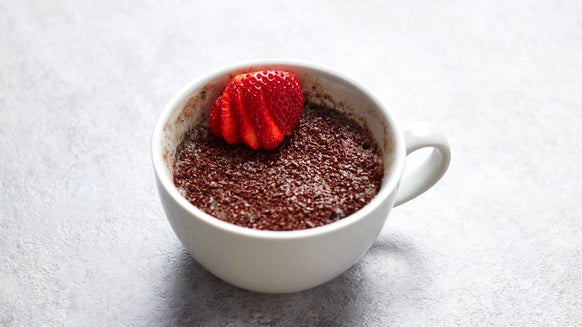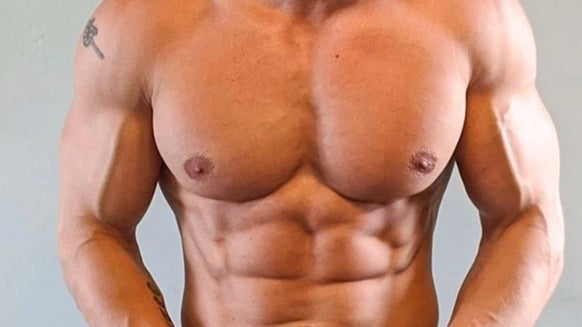Sarcoplasmic & Myofibrillar Hypertrophy | What Is It?
Written by Jack Boardman
Sarcoplasmic & Myofibrillar Hypertrophy
Those who regularly lift heavy weights are likely to come across more technical terms explaining the logic behind methods of muscle gains and development. Two terms which are used regularly are sarcoplasmic and myofibril hypertrophy, but what do they mean and how can you relate them to your workout?

Muscle Growth
There are two kinds of muscle growth - sarcoplasmic growth and myofibrillar growth. Myofibrils are the elongated threads in skeletal muscle fibers which contract.
Hypertrophy is the enlargement of an organ or tissue. This enlargement in size is due to an increase of cells.
Two factors that contribute to muscle hypertrophy, or muscle growth are sarcoplasmic hypertrophy, which is an increase in your muscle glycogen storage, and myofibrillar hypertrophy, which is an increase in myofibril size.

Myofibril hypertrophy happens when you stimulate your muscles by lifting heavy weights, which causes trauma to the individual muscle fibers. Because your body treats this as an injury, it overcompensates and in attempts to recover, increases the volume and density of the ‘injured’ myofibrils.
Sarcoplasm is the fluid and energy resources surrounding the myofibrils in your muscles. It contains ATP, glycogen, creatine phosphate and water. Sarcoplasmic hypertrophy occurs when the volume of sarcoplasmic fluid in your muscle cells increase. The muscles need to last longer with less of a need for maximum strength and speed in briefer periods. This would add to muscle volume, but not grow fibers, resulting in less functional mass and a reduction in relative strength because it would be adding less useful bodyweight.
In comparison to myofibrillar hypertrophy, no increase in muscular strength occurs. During myofibrillar hypertrophy, actin and myosin contractile proteins increase in number, adding to your muscular strength as well as a small increase in size.

How can you work all of this knowledge into your workouts?
Sarcoplasmic hypertrophy is bigger in bodybuilders’ muscles. A general rule would involve higher reps of moderate weight with short rest periods. Your aim is to ‘pump up’, filling the muscles with blood.
Myofibrillar hypertrophy is more advantageous and common in competitive weight lifters, martial arts and gymnastics. You should aim for very heavy weights (a majority percentage of your one rep maximum) and focus on few (one-five) reps that ensure slow, perfect technique. Longer rest periods between sets are advisable. Your larger muscle fibers will increase force, meaning more strength and speed. Therefore, myofibrillar hypertrophy is the most functional form of muscle growth.

As there are many theories out there on how these two forms of growth may be used in sports and weight training, we would advise the majority ruling that there is room for a combination of the two in your workout. A good place to start is the 5 x 5 rule, choosing compound lifts that work larger muscle groups using a heavy weight. We also suggest that you end your session with 3 x 15 of a moderate weight to achieve sarcoplasmic hypertrophy.
Gains can be achieved by maintaining this overload on the muscles, but only with specific focus placed on rest to ensure growth and recovery. Age and nutrition are cited as major factors that affect hypertrophy. Natural hypertrophy normally stops in regards to full growth in your late teens. If you’re a bodybuilder, you need to consume around 2g of protein per kg of body weight each day.





